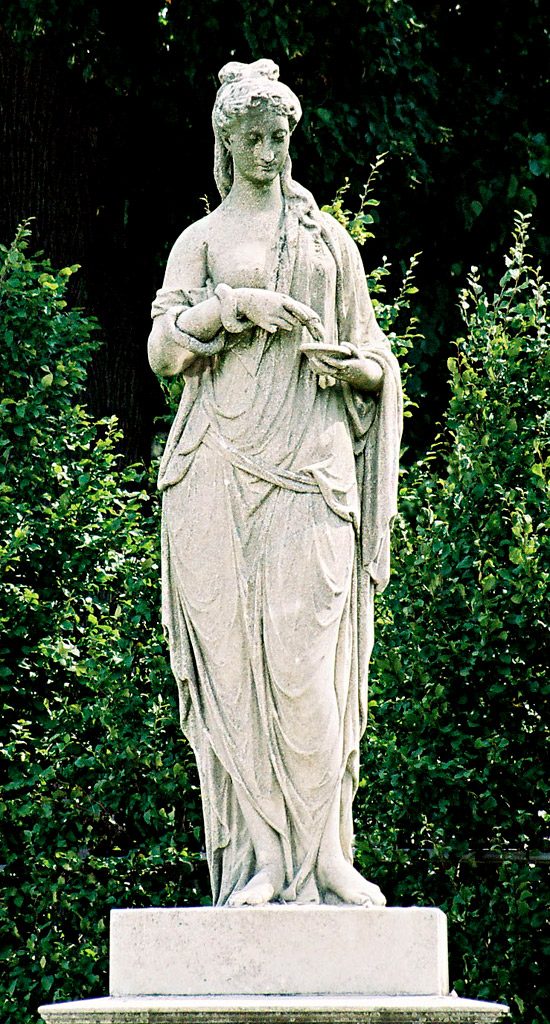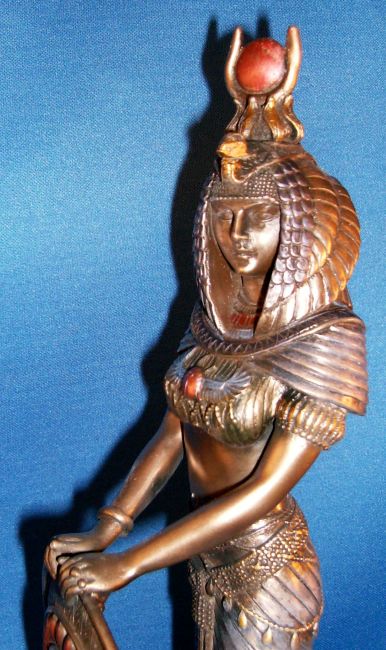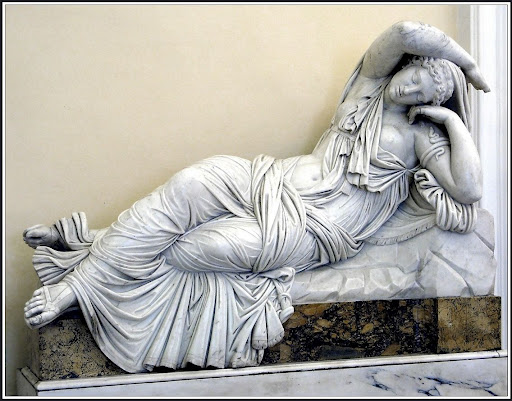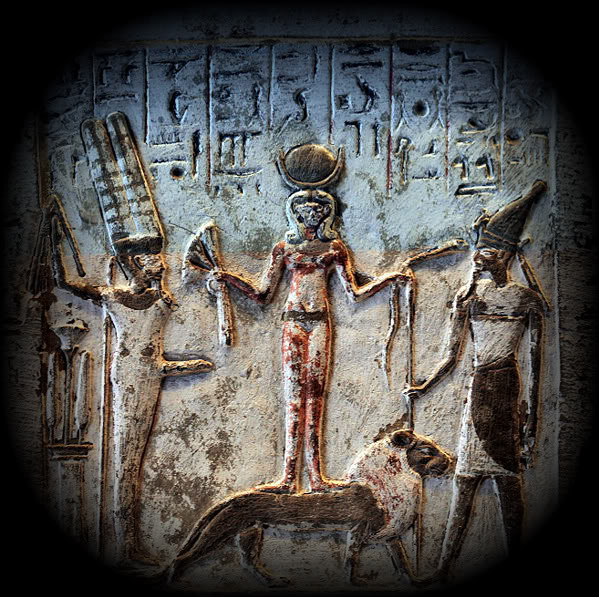
There was once a dreaded Goddess in Ancient Rome known as Febris who caused illness, disease, and pestilence. It is from Febris where we get the English word fever. A word that is generally used to describe a symptom of various illnesses and diseases often characterized by increased body temperature, thirst, shivering, headache, and in severe instances, delirium.
The legend of Febris was said to center around the haunting marshes of Camagna in Southern Italy where like clockwork every year, the people would become deathly ill with a mysterious disease. She was so feared by the Romans that the suffering population had created a cult to Febris. They went so far as to wear protective amulets and build her temples in order to worship her to win her favor.
There was once a temple to Febris that was built on the Palatine Mount. Pliny the Elder and the Roman historian Valerius Maximus had written about Goddess with fevers, disease, and pestilence.
Maximus had written; “Other gods, indeed, they used to adore for their good deeds; Fever, on the other hand, they worshiped in their temples in order to render her less harmful. Of these temples one is still extant, on the Palatine, another in the court of the Marian monuments, and a third at the top of Vicus Longus. To these temples they used to bring and deposit the amulets which had been formerly attached to the bodies of the patients.”
In the book, Disease-spirits and Divine Cures Among the Greeks and Romans, Cesidio Ruel Simboli makes the point;
“These temples were undoubtedly very old, pointing to the fact that the cult of the goddess had been established very early. In the time of Pliny the Elder the one on the Palatine was in good condition and kept at public expense. The encyclopaedist, making light of the divine attributes of the disease divinities, says:
“We have discovered innumerable divinities, we have divided the gods of the nether world into two classes, we have done likewise with the diseases and many pestilences, with the one desire that we may tremblingly placate them. And so a shrine has been dedicated on the Palatine to Fever, even at public expense.”
Simboli continues; “According to Ammianus Marcellinus, people flocked to these sanctuaries. Here they brought the amulets which had been suspended on the bodies of the fever-stricken patients and in which they no longer believed, since the miraculous goddess was more powerful and efficacious than they. Yet there were times when the great Febris could not be moved by prayer and supplication to heal the sick.
To these Pliny sincerely recommends the use of the old-fashioned, but very helpful, amulets. The Febris cult must have been widespread, as the evidences show. She was known by different names, dea tertiana and dea quartana.”(2)
Please keep in mind the fact in mind that she was a Goddess who made people ill from “marshes.” Millions of people have died from what was once called “marsh fever”, and is more commonly known as malaria. Also, manly illnesses and dieback/disease events have occurred as a result of fungal pathogens in marshes.
SOURCES:
1. The Cyclopædia: Or, Universal Dictionary of Arts, Sciences, and …, Volume 23 By Abraham Rees
2. Disease-spirits and Divine Cures Among the Greeks and Romans By Cesidio Ruel Simboli

Moe is the founder of GnosticWarrior.com. He is a father, husband, author, martial arts black belt, and an expert in Gnosticism, the occult, and esotericism.








